thefacts
Psoriatic arthritis
 also available in thefacts series
also available in thefacts series
Eating disorders: thefacts
SIXTH EDITION
Abraham
Epilepsy: thefacts
THIRD EDITION
Appleton and Marson
Osteoarthritis: thefacts
Arden, Arden, and Hunter
Asthma: thefacts
Arshad and Babu
Sexually transmitted infections: thefacts
SECOND EDITION
Barlow
Autism and Asperger syndrome: thefacts
Baron-Cohen
Epilepsy in women: thefacts
Betts and Clarke
Living with a long-term illness: thefacts
Campling and Sharpe
Chronic fatigue syndrome: thefacts
SECOND EDITION
Campling and Sharpe
Head injury: thefacts
Daisley, Tams, and Kischka
Falls: thefacts
Darowski
Infertility: thefacts
Davies, Overton, and Webber
Prenatal tests: thefacts
De Crespigny and Chervenak
Obsessive-compulsive disorder: thefacts
THIRD EDITION
de Silva
Polycystic ovary syndrome: thefacts
Elsheikh and Murphy
Muscular dystrophy: thefacts
THIRD EDITION
Emery
Psoriatic arthritis: thefacts
Gladman and Chandran
The Pill and other forms of hormonal contraception: thefacts
SIXTH EDITION
Guillebaud
Cystic fibrosis: thefacts
FOURTH EDITION
Harris and Thomson
Lupus: thefacts
SECOND EDITION
Isenberg and Manzi
Ankylosing spondylitis: thefacts
Khan
Borderline personality disorder: thefacts
Krawitz and Jackson
Inflammatory bowel disease: thefacts
Langmead and Irving
Stroke: thefacts
Lindley
Diabetes: thefacts
Matthews, Meston, and Dyson
Essential tremor: thefacts
Plumb and Bain
Huntingtons disease: thefacts
SECOND EDITION
Quarrell
Panic disorder: thefacts
SECOND EDITION
Rachman
Osteoporosis: thefacts
Reid and Black et al
Tourette syndrome: thefacts
SECOND EDITION
Robertson and Cavanna
ADHD: thefacts
Selikowitz
Down syndrome: thefacts
THIRD EDITION
Selikowitz
Childhood sleep disorders: thefacts
Stores
Motor neuron disease: thefacts
Talbot and Marsden
Thyroid disease: thefacts
FOURTH EDITION
Vanderpump and Tunbridge
Depression: thefacts
Wasserman
Cosmetic surgery: thefacts
Waterhouse
thefacts
Psoriatic arthritis
Dafna D. Gladman MD , FRCPC
Professor of Medicine, University of Toronto;
Senior Scientist, Toronto Western Research Institute;
University Health Network, Toronto Western Hospital,
Toronto, Ontario, Canada
Vinod Chandran MBBS , MD , DM
Clinical Research Fellow, University of Toronto;
Centre for Prognosis Studies in the Rheumatic Diseases;
University Health Network, Toronto Western Hospital,
Toronto, Ontario, Canada


Great Clarendon Street, Oxford OX 2 6 DP
Oxford University Press is a department of the University of Oxford.
It furthers the Universitys objective of excellence in research, scholarship, and education by publishing worldwide in
Oxford New York
Auckland Cape Town Dar es Salaam Hong Kong Karachi
Kuala Lumpur Madrid Melbourne Mexico City Nairobi
New Delhi Shanghai Taipei Toronto
With offices in
Argentina Austria Brazil Chile Czech Republic France Greece Guatemala Hungary Italy Japan Poland Portugal Singapore South Korea Switzerland Thailand Turkey Ukraine Vietnam
Oxford is a registered trade mark of Oxford University Press in the UK and in certain other countries
Published in the United States
by Oxford University Press Inc., New York
Oxford University Press 2009
The moral rights of the authors have been asserted
Database right Oxford University Press (maker)
First published 2009
All rights reserved. No part of this publication may be reproduced, stored in a retrieval system, or transmitted, in any form or by any means, without the prior permission in writing of Oxford University Press, or as expressly permitted by law, or under terms agreed with the appropriate reprographics rights organization. Enquiries concerning reproduction outside the scope of the above should be sent to the Rights Department, Oxford University Press, at the address above
You must not circulate this book in any other binding or cover and you must impose this same condition on any acquirer
British Library Cataloguing in Publication Data
Data available
Library of Congress Cataloguing in Publication Data
Data available
Typeset in Plantin
by Cepha Imaging Pvt. Ltd., Bangalore, India
Printed in China
on acid-free paper by
Asia Pacific Offset
ISBN 9780199231225 (Pbk.)
1 3 5 7 9 10 8 6 4 2
While every effort has been made to ensure that the contents of this book are as complete, accurate and up-to-date as possible at the date of writing, Oxford University Press is not able to give any guarantee or assurance that such is the case. Readers are urged to take appropriately qualified medical advice in all cases. The information in this book is intended to be useful to the general reader, but should not be used as a means of self-diagnosis or for the prescription of medication. The author and the publishers do not accept responsibility or legal liability for any errors in the text or for the misuse or misapplication of material in this book.
Contents
1
What is psoriatic arthritis?
 Key points
Key points
 Psoriasis is a chronic inflammatory skin condition
Psoriasis is a chronic inflammatory skin condition
 Psoriatic arthritis is an inflammatory arthritis occurring in patients with psoriasis
Psoriatic arthritis is an inflammatory arthritis occurring in patients with psoriasis
 Psoriatic arthritis affects 1030% of patients with psoriasis
Psoriatic arthritis affects 1030% of patients with psoriasis
 Psoriatic arthritis affects the peripheral and spinal joints
Psoriatic arthritis affects the peripheral and spinal joints
 CASPAR criteria facilitate the diagnosis
CASPAR criteria facilitate the diagnosis
Psoriasis is a chronic inflammatory skin condition which presents most commonly with red plaques over the extensor surfaces of the elbows and knees, as well as in the scalp ().
Historical perspective
The occurrence of a form of arthritis among patients with psoriasis was first noted in the nineteenth century, although evidence of the disease was noted in archeological findings from the Judean desert, dating the disease much earlier than that. Baron Aliberti first described the association between psoriasis and arthritis (). Later in the nineteenth century several French physicians recognized the presence of a form of arthritis among patients with psoriasis. However, over the ensuing years many investigators considered the arthritis associated with psoriasis to be a variant of rheumatoid arthritis, which was the main known inflammatory form of arthritis at the time. Psoriatic arthritis was finally recognized as an entity separate from rheumatoid arthritis when it was found that the majority of patients with psoriatic arthritis were negative for a test for
Next page

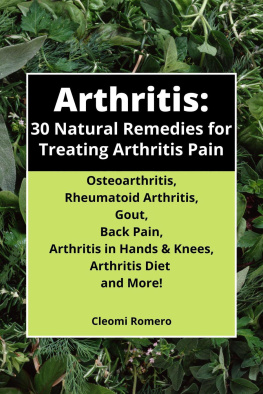
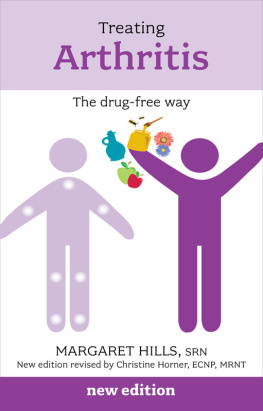

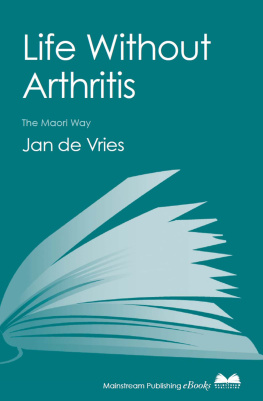

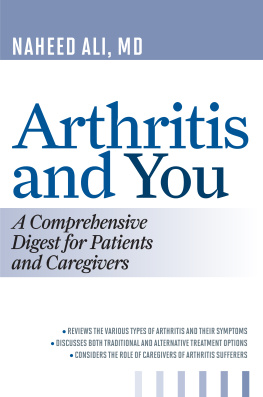
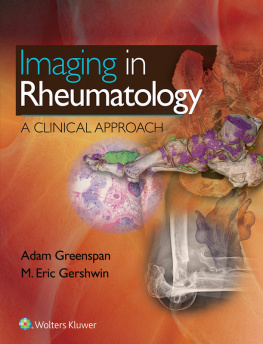
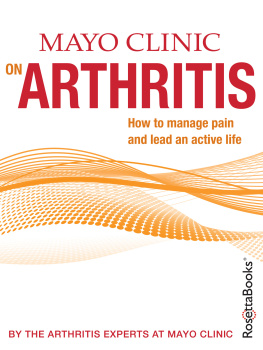
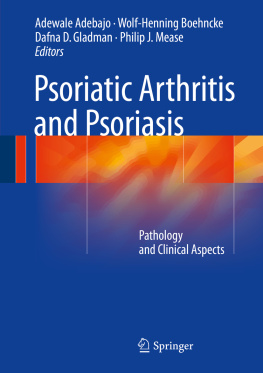
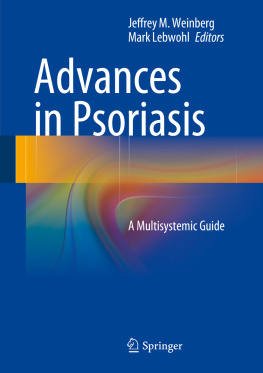
 also available in thefacts series
also available in thefacts series
 Psoriasis is a chronic inflammatory skin condition
Psoriasis is a chronic inflammatory skin condition